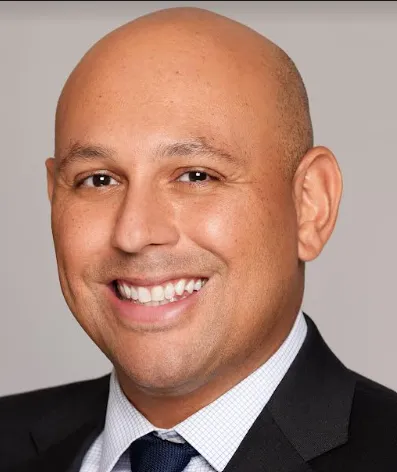As interest rates rise and apartment owners, buyers and developers seek to bring more capital into their deals, preferred equity is an increasingly attractive option.
But before a borrower runs to any of the many groups — including private equity funds, REITs, pension funds, life companies and debt funds — that offer preferred equity, there are things they need to know.
“Borrowers need to understand the risks, rights, subordination aspects, control features and intended investment horizons associated with preferred equity as they do with all investment structures,” said Cody Kirkpatrick, managing director of New York City–based commercial real estate services firm Berkadia’s JV Equity and Structured Capital Group.
Here are three things to think about when turning to this form of financing:
Costs have gone up
For preferred equity, costs can be tough to nail down. Factors like whether the asset is being developed or upgraded, its market, its age, its capitalization and senior lender terms can all play into costs, according to Kirkpatrick.
Preferred equity is more pricey than senior debt, which can deter many borrowers.“There are people who absolutely despise it because they look at it as expensive debt,” Kirkpatrick said. “It enhances downside losses, but it enhances upside returns. So it's a double-edged sword.”
But, in some instances, preferred equity could be “a fast or sometimes even cheaper” alternative to common equity for an owner or developer, according to Perry Freitas, managing director of New York City–based commercial real estate lending and investment firm Hudson Realty Capital.

Preferred equity has gotten more expensive as the market has gravitated toward it. Kirkpatrick estimates that costs have increased 200 to 400 basis points over the last 12 to 24 months.
“One thing driving this is owners of existing assets,” Kirkpatrick said. “They might prefer to recapitalize today, instead of having to sell into today's market.”
Adding a preferred equity partner can also increase other costs. “It also adds another participant to the transaction, which can increase the complexity and costs of closing the loan,” said Melissa Farrell, head of U.S. debt originations for Newark, New Jersey–based real estate finance and investment firm PGIM Real Estate.
Structures can vary
For an existing asset where there is monthly cash flow, the borrower typically provides a regular payment and an accrual for preferred equity, according to Kirkpatrick.
“If the preferred equity return is 10%, 5% of that will be on the current basis, meaning that needs to be paid first,” Kirkpatrick said. “Every dollar after debt service will go to the preferred equity provider until they get their 5% current pay on their investment amount.”
After that, the loan sponsor could keep the remaining funds or it could split the money in other ways.
The structure of development deals are different because rent payments aren’t being made yet at the property. “In development, everything's accrued meaning nothing's paid current because no cash flow,” Kirkpatrick said.

By allowing accruals, preferred equity can provide borrowers with flexibility. “Preferred equity can provide accretive leverage to project-level returns and can allow a portion of the return to be structured as an accrual, thereby alleviating short-term pressure on cash flow,” Farrell said.
The preferred provider's rights also depend on the senior lender’s policies. For instance, Fannie Mae and Freddie Mac allow preferred equity. But they have strict guidelines about what is allowed in an operating agreement and what kind of preferred equity is allowed in the deal.
“Frankly, I think it's a huge benefit to owner-operators who are able to get preferred equity behind agency debt because the agencies have essentially negotiated a fairly operator-friendly agreement between the preferred partner and the owner-operator,” Kirkpatrick said.
Providers can take control of the asset
Preferred equity isn’t a traditional loan, such as mezzanine financing. “It’s structured as more of a partnership,” Freitas said. “It's closer to a limited partnership with a preferred position.”
Usually, these third-party capital providers fill a part of the stack where there's downside protection but they also cap the upside. “They don't have the major decision rights that the traditional joint venture partners have unless there is a potential impact to their principal balance,” Kirkpatrick said.
If things are going well, the providers usually stay in the background as long as they’re receiving payments, according to Kirkpatrick. But if something goes wrong and the principal they invested in the deal comes under threat, preferred equity providers have the right to step in.
“The risk is that you do have a fairly large investor, if you want to look at them like that, in your deal that will require major control rights,” said

, manager of specialty originations at Chicago-based Alliant Credit Union. “They're going to be watching the operations and should there be trouble, they'll build into the documents rights to protect their investments.”
Included in those rights is the ability to take control of the asset. “If the property doesn't perform or the macro environment changes things outside of [the owner’s] control, then they can lose the property and they hand the keys over to their preferred partner, who will have rights to step in,” Kirkpatrick said.
Click here to sign up to receive multifamily and apartment news like this article in your inbox every weekday.



















